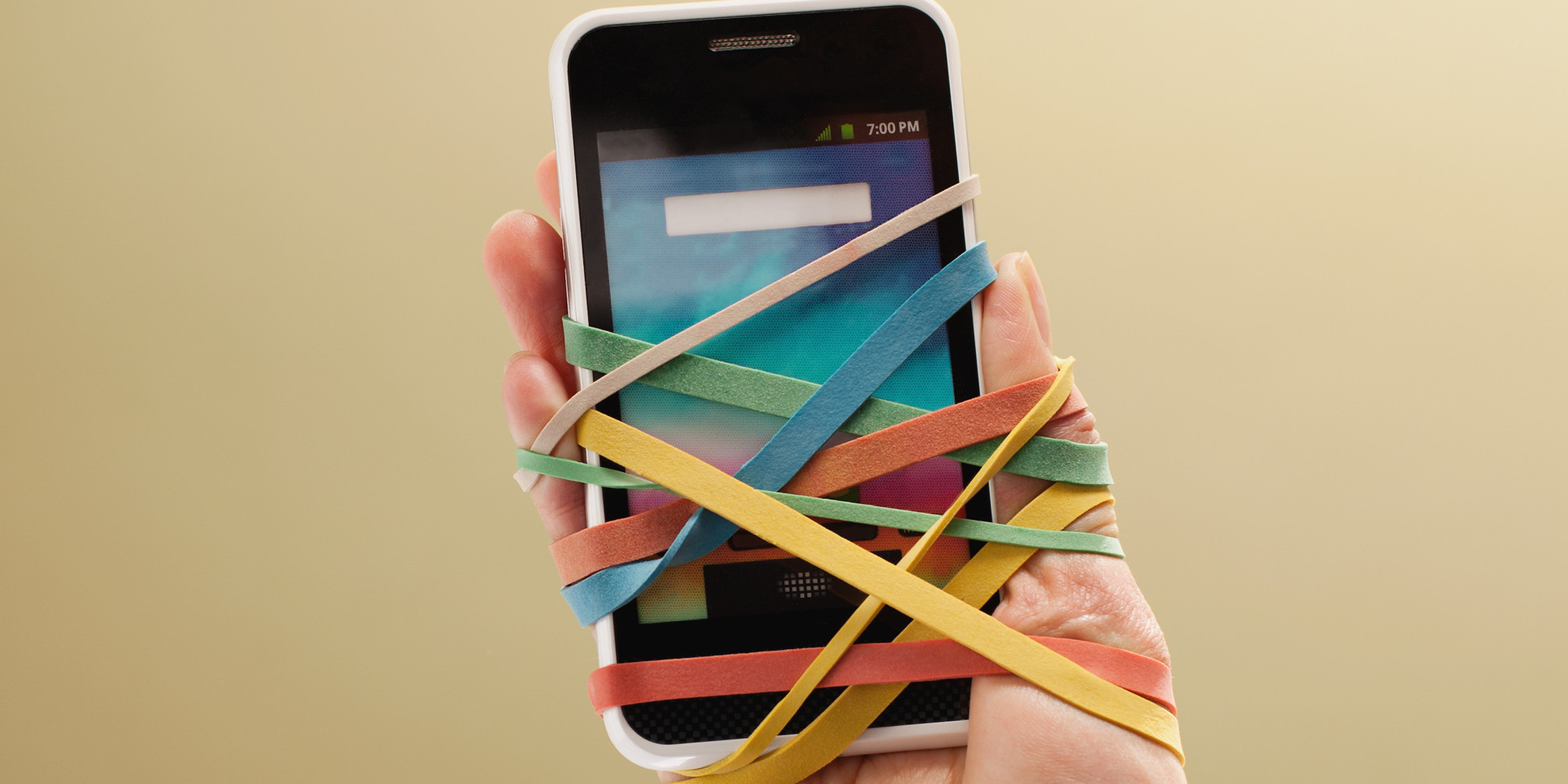In today’s digital world, smartphones have become an essential part of daily life. They help us stay connected, navigate our cities, and entertain ourselves with endless content. However, as the convenience of these devices grows, so does our dependency on them. Cell phone addiction has quietly become a widespread issue, affecting millions of people worldwide. While often dismissed as a minor inconvenience, excessive smartphone use can have serious consequences for mental health, relationships, and overall well-being.
The Science Behind Cell Phone Addiction
At the heart of cell phone addiction is the brain’s reward system. Every time we receive a notification, a like on social media, or a new message, our brain releases dopamine, the “feel-good” chemical. This creates a cycle of reward-seeking behavior, making us crave more screen time. Over time, this can lead to compulsive phone use, much like substance addiction.
Tech companies understand this dynamic well and design apps to maximize engagement. Features like infinite scrolling, autoplay videos, and push notifications keep users glued to their screens, often without realizing how much time they are spending on their devices.
The Mental Health Toll
One of the most concerning effects of cell phone addiction is its impact on mental health. Studies have linked excessive phone use to increased rates of anxiety, depression, and stress. Social media, in particular, can contribute to feelings of inadequacy, loneliness, and low self-esteem, as people constantly compare their lives to curated, often unrealistic, online portrayals.
Additionally, the constant influx of information can overwhelm the brain, leading to digital fatigue. This can make it difficult for individuals to focus, process emotions, or find motivation for offline activities.
Physical Health Consequences
Beyond mental health, excessive screen time can take a toll on physical well-being. One major issue is “text neck,” a condition caused by constantly looking down at a phone, leading to poor posture, neck pain, and spinal problems. Similarly, eye strain and headaches have become common complaints due to prolonged screen exposure.
Another alarming issue is the effect of phone addiction on sleep. Many people use their phones late into the night, exposing themselves to blue light, which interferes with melatonin production and disrupts the body’s natural sleep cycle. Poor sleep, in turn, contributes to fatigue, irritability, and decreased cognitive function.
The Social Impact
Cell phone addiction can also damage personal relationships. In social settings, people are often more engaged with their screens than with those around them. This phenomenon, known as “phubbing” (phone snubbing), can weaken relationships by making others feel ignored or unimportant. Over time, excessive phone use can lead to communication breakdowns and emotional distance between family members, friends, and romantic partners.
Breaking Free from the Screen
While cell phone addiction is a serious issue, it is possible to regain control. Setting screen time limits, turning off non-essential notifications, and designating phone-free zones—such as the bedroom or dining table—can help reduce dependency. Engaging in offline activities like reading, exercise, or face-to-face conversations can also help break the cycle of compulsive phone use.
In a world where screens are unavoidable, finding a healthy balance is key. By recognizing the dangers of cell phone addiction and making conscious efforts to disconnect, we can reclaim our time, health, and relationships.
